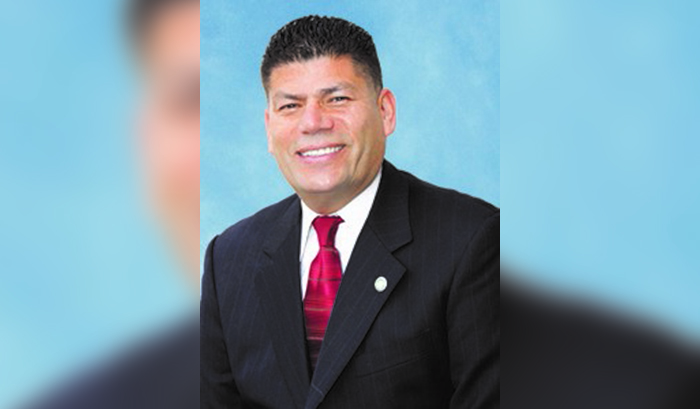Second in a series
Re “Packing a Bulging Arsenal, Salkin Is Equipped to Fight West L.A. College”
[img]898|left|Mark Salkin||no_popup[/img]Mark Salkin, a prototype community activist, is better seen than merely heard. Not that he is not articulate. He is, quite. But when his imposing size is matched with his imposing volume, his imposing tank of bottomless energy and his imposing lexicon, the result could add up to a bomb whom you definitely want on your side.
You will forgive that this is 26-year-old news, but the target of Mr. Salkin’s present iron-strong campaign is West Los Angeles College, whose restless expansion and fixer plans have dogged the fast-stepping realtor ever since he moved onto Culver Crest in 1984.
In the living room of his home, Bermuda-shorted Mr. Salkin is quite a different personality —charming, noticeably softer spoken — than his public image, most of the time.
He is in the forefront of organized campus-surrounding residents who mean to make the 41-year-old community college hew to previously agreed upon regulations governing their hefty expansion strategy.
Last Wednesday, Mr. Salkin was one of merely three Culver City college-battlers who trooped to the campus of Trade Tech, downtown Los Angeles, to testify at a public hearing by the Los Angeles Community College District trustees on the latest incarnation of an environmental impact report. The Culver Citians want the EIR held up until West L.A. College leaders agree to restore portions of a 5-year-old document known as a Memorandum of Understanding that they contend was unilaterally broken.
Mr. Salkin is known for his candor, no matter how chilly room temperature is.
“What I found at the public hearing,” he said, “was a group of very unconcerned people (the trustees)…
“You know, it is really hard to characterize what they did. I can only tell you what I saw and my conclusions from it. I am not sure my conclusions are correct.”
Since Mr. Salkin practiced law for 28 years, he was asked if reading the trustees was similar to figuring out a jury.
The Name-Calling Began
“I wish it were as easy to read a jury,” he said. “These guys are deceptive and tedious. They actually broadcast some of what they believed with their body language from the dais. I don’t think they were well intending to receive our comments. “
He concurred with an earlier interview with Public Works Director Charles Herbertson who said the hearing room was stacked — in West’s favor.
“Here was the scene,” Mr. Salkin said. “The house was stacked. There was standing room only. I would guess 125 or more people were in a room meant to hold about 75. It was clear when I walked in a large percentage of people were there just for the hearing on the EIR. When the trustees came to us, they invoked the Too Many People rule, and they gave us 2 minutes each.
“I noticed when the speakers came up how quickly they threw away their 2 minutes. You need 30 seconds just to say ‘Hi, I am So-and-So, I live in the neighborhood, and thank you for giving us this opportunity…’ Soon you are done.
“It was a very unfair public hearing.
“But I would not say the hearing was weighted. I do believe the trustees took pains to get enough people there to foster their point of view, which was that, of the 28 people who spoke, 24 were contractors, students, administrative employees, some of whom claimed to live in Culver City. Also, people interested in the college’s welfare. The grounds they spoke about were the need for jobs because people had been laid off for so long, the delays in construction raising the construction costs, the fact the students were working in aged facilities and how dare we Nimbys — they called us Nimbys — stop this progress.
“Those were the general issues they raised. Those are serious issues. I am empathetic to them. But as I told the Board of Trustees, not one of those people gave a legitimate reason to adopt the environmental impact report, which is governed by state law.”
(To be continued)






